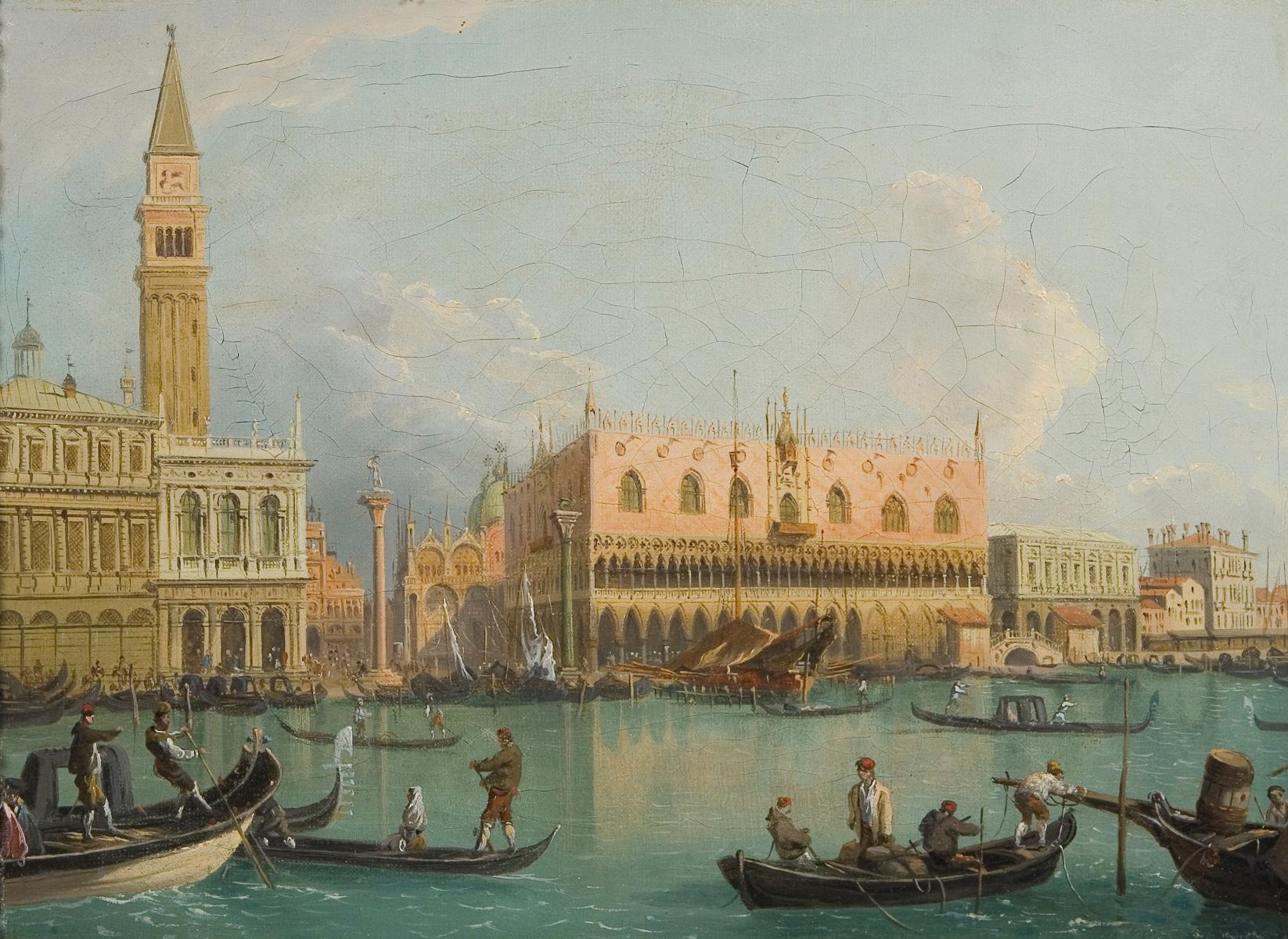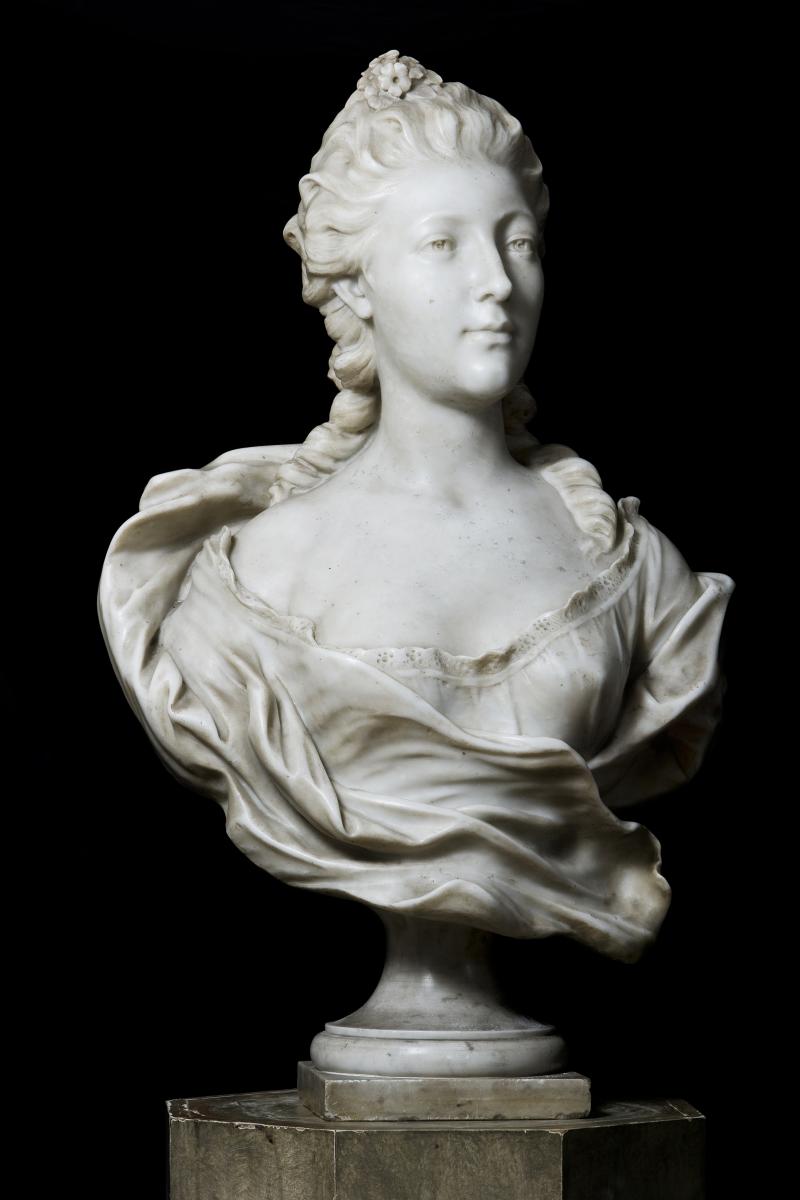The story of the gallery begins at the end of the 1970s, when Massimo Mossini, led by the passion for ancient paintings and carpets, launched a space dedicated to exhibitions in the central via Cavour in Mantua in 1978. Years later, the gallery moved a few meters in a larger space, the same place where we can find the Mossini Gallery today. Four windows welcome visitors and tourists. The gallery is located below the medieval tower called “Della Gabbia” and next to the famous Sordello Square. Marcello Mossini, the son of the founder Massimo, joined the gallery in 2011. He represents the second generation, taking forward the family tradition, determined to look towards the future and at the same time paying homage to their cultural roots. To be present for more than forty years in the art field (a field which is complex but also extremely fascinating) means to be able to build and consolidate a faithful bond with collectors, dealers, public and private institutions. It also means to be passionate about the profession, even if this means putting aside commercial aspects to endorse the cultural ones. Over the years, the Mossini Gallery has worked together with museums, archives and foundations in order to advance many cultural activities. Getting closer to the fifty years’ anniversary of activity, Massimo and Marcello are more and more convinced that the most important features of this job are the experience developed throughout the years and an honest and clear relationship with institutions, colleagues, customers and scholars. A relationship that aims at promoting the passion for art and to inspire its study. Mossini Gallery focuses on the study, advice and sale of Old Masters paintings from the 16th to the 18th century, furniture and works of art, peculiar and uncommon objects moving from renaissance up to contemporary art. The gallery is available to cooperate for exhibitions and events. Marcello Mossini is member of Associazione Antiquari d’Italia (National Antique Dealers’ Association) located in Florence and an expert for the Mantua Chamber of Commerce.

Small but exquisitely refined Venetian view, painted with delicate precision, depicting the Molo with the Doge’s Palace and the Riva degli Schiavoni. This canvas, inspired by Canaletto’s celebrated model, portrays the Grand Canal bustling with gondolas and other boats, with the palaces of the Serenissima’s power in the background. From the meticulous architectural details to the figures, and even the rendering of the sky and clouds, this view immerses the viewer in the atmosphere of late 18th-century Venice.

The painting depicts the scene of the Nativity of Jesus, set in a stable illuminated by a warm, divine light emanating from the Child, the true compositional focus of the canvas. Around Him gather the Virgin Mary, gently absorbed and wrapped in a red and blue mantle, Saint Joseph, and the shepherds, portrayed with emotional and realistic intensity. The composition is built with balance and harmony, dominated by a masterful use of chiaroscuro, while the style reflects the late eighteenth-century taste, poised between Baroque heritage and Neoclassical clarity, with particular attention to religious sentiment and the purity of form. A pupil of Giuseppe Bottani in Rome, Ferri worked during a period of transition between Florentine Baroque and Neoclassicism. He was active mainly in Tuscany, producing altarpieces and devotional paintings, as well as mythological and allegorical works for private patrons. He was also esteemed as a portrait painter.

The sculpture depicts the bust of Madame du Barry, a celebrated figure of the French court in the 18th century. Madame du Barry’s face appears serene and slightly detached, with a forward gaze that conveys dignity and grace. Her features are soft and smooth, her skin rendered with great mastery, while her elaborately styled hair reflects the fashion of the time. The drapery of the bust, sculpted with remarkable skill, suggests the movement of fabric and contributes to an effect of natural elegance. Madame du Barry (Jeanne Bécu, 1743–1793) was the last mistress of King Louis XV of France, succeeding Madame de Pompadour as the central figure in the monarch’s private life. Her influence at the court of Versailles was significant: she became a symbol of the luxury and elegance of Louis XV’s later reign, but also an emblem of the social and moral tensions that preceded the French Revolution.